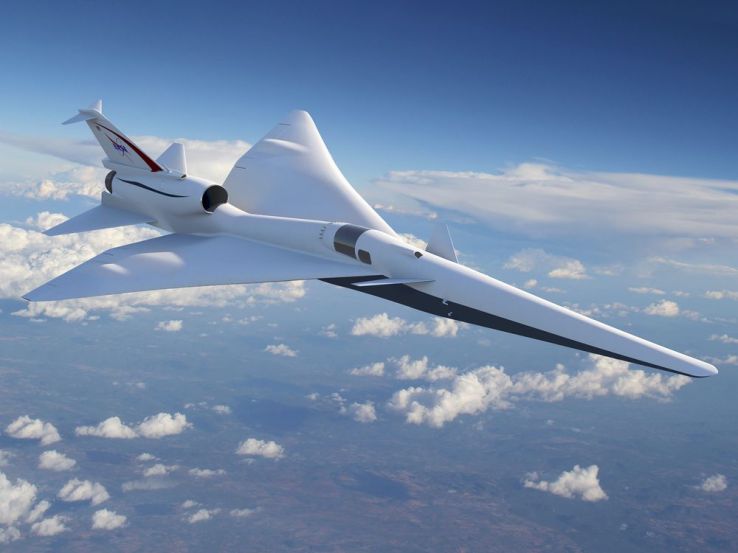NASA seeks to build a quieter supersonic plane for passenger flight

NASA has designed a supersonic plane that it hopes will help reduce flight time for international travelers, and its design is intended to reduce the noise of the jet to well below that of the Concorde.
Starting in August, Bloomberg reports, NASA will seek bids from aircraft manufacturers to bring their design to life with a full-scale mode, with a budget of nearly $400 million from the space agency to commit to the project over the next five years.
The plan is to create a commercially viable aircraft that can help address the growing demand for high-speed air transit, which is encouraged by trends like distributed workforces and international corporate conglomerates. It’s something that NASA hopes to eventually share with airplane OEMs, including Lockheed Martin, General Dynamics, Boeing and even smaller startups already working on addressing the same market, including Colorado’s Boom Supersonic.
When I spoke to Boom CEO Blake Scholl earlier this year, he confirmed that one of their challenges coming to market would be reducing the noise of the engine used in their final plane, which is partly responsible for regulations that prevent supersonic flight over land in the U.S. Boom’s initial routes are all cross-ocean, so that it can work on addressing those regulations (in place since the Concorde’s active years) before adding other routes.
NASA’s design was made in part by Lockheed (whose concept craft design is depicted above), and it is targeting sound levels equivalent to what you’d hear while driving a luxury car on the highway, Bloomberg reports, or around 60 to 65 decibels, compared to the Concorde’s 90 decibels.
Ultimately, NASA hopes the contract will result in live vehicle tests over populated communities by 2022, which should give it ammunition for changing applicable regulations. Boom hopes to test fly their own demonstration craft starting sometime next year, so now it looks like there will be some spirited competition in this long-dormant area of transportation tech over the next decade.
Featured Image: Lockheed Martin